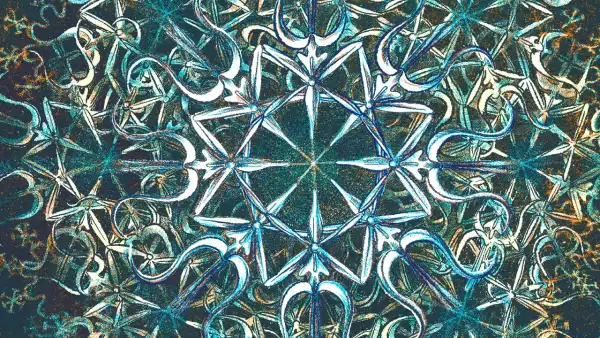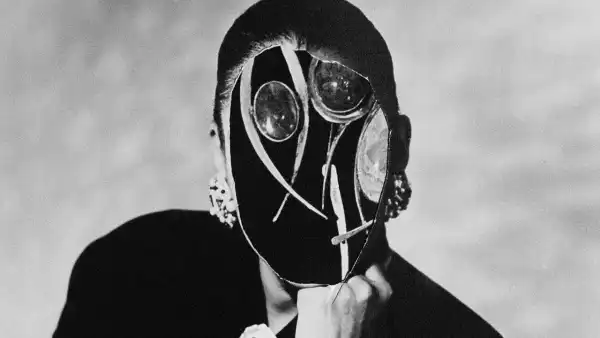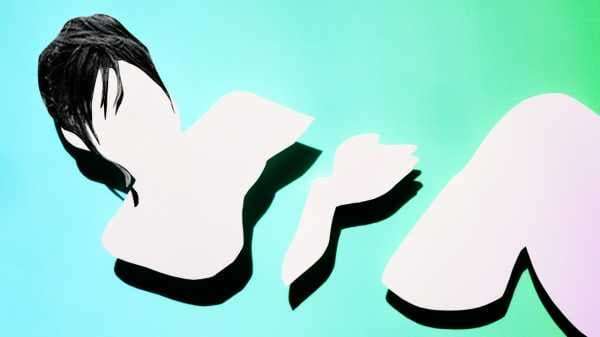
This past week, in an article in New York magazine on the male gaze in fine art in the #MeToo era, the twenty-eight-year-old painter Tschabalala Self, one of many artists interviewed, discussed “Thérèse Dreaming,” Balthus’s controversial painting of a young girl in a seductive pose. “That’s about how men experience the world,” Self said. “It’s not about that girl’s sexuality. That’s just the truth.”
This is the same truth slyly exposed in a new series of digital-collage photos by the artist and photographer Ina Jang, which are currently on display at the Foley Gallery, in a show called “Utopia.” The series is based on images of women found in Korean and Japanese “glamour” magazines (soft-core publications akin to Playboy). Jang noticed that the models depicted in such material were all shot in common “iconic” poses, portrayed, as she told the British Journal of Photography last year, as girlishly “passive and helpless.” The chosen code of sexual invitation—as in so many other venues—was that of vulnerability.
Born in South Korea and based in New York, Jang is known for collages that playfully distort the idiom of fashion photography, often obscuring women’s faces. In the images in “Utopia,” her subjects have no bodily features at all. Using pictures of the “glamour” models as her starting point, Jang cut out their bodies and photographed just their outer contours, empty from edge to edge, flatly colored in pale peaches, yellows, and pinks, on pastel and neon backgrounds. The only remaining photographic texture is found in sheeny locks of hair, recalling those of paper dolls in their blunt-cut edges. There are not women here but woman-shaped absences, and, in the space they leave behind, the physical postures, gestures, and compositions of sexual offering become as loud as the thick black shadows laid behind each figure.
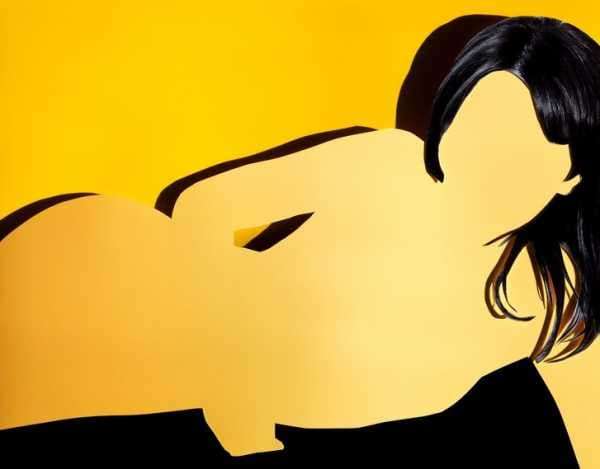
“Tangerine,” 2017.
The silhouettes lean forward or stretch backward or tip their heads to one side in cues we recognize instantly as flirtation, openings. Some of the photos are glaringly suggestive, such as the spread legs of “Bubblegum”; others more subtly so, such as the faux-demure form in “Lace,” who, on her knees, twists her torso toward us in a composition that seems to suggest we’ve simply found her in the corner of a room—the type of scene that will forever be associated, in the minds of Americans, with the lecherous aesthetic of Dov Charney and Terry Richardson.
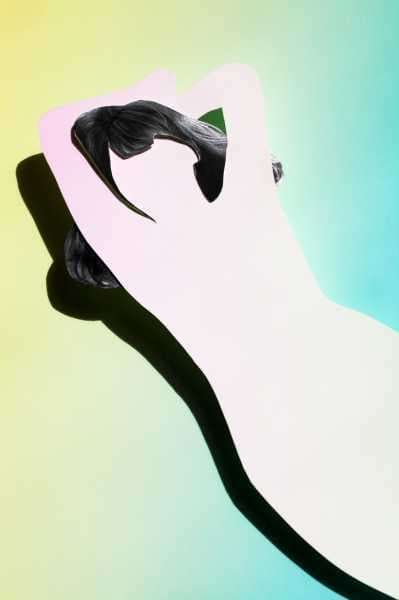
“Lemonade,” 2016.
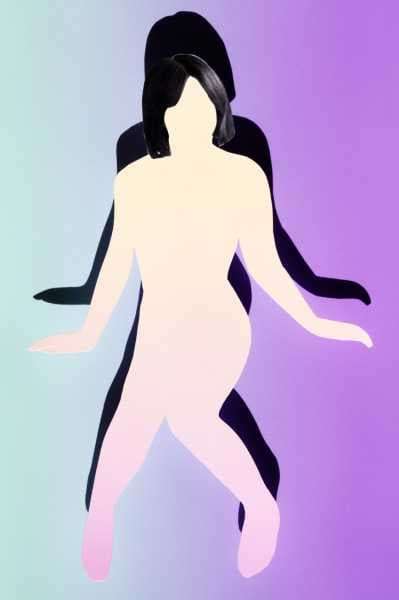
“Fuchsia,” 2016.
When I first saw the photos in “Utopia,” I thought of the textile artist Erin M. Riley, whose work, like Jang’s, has depicted nude, faceless women based on images from porn. This week, Riley shared work of a new subject on Instagram: a piece called “The Voices,” portraying a faceless woman immediately recognizable as the Olympic gymnast Aly Raisman during her public testimony at the sentencing of the doctor Larry Nassar, who was convicted of sexually abusing the female athletes under his care. The figure in Riley’s work wears the same jacket as Raisman in the trial’s much-shared footage, but it is the forward tip of her head that first gives her away: the heft of the high, gathered crown of hair, the tresses falling in smooth sheets on either side. The image is a potent refusal—the young woman’s countenance removed, withheld from a trespassing gaze—and, at the same time, a tribute to Raisman’s unflinching power.
Despite its candy-colored invitations, Jang’s work in “Utopia,” too, contains dissent. Her images perform a clever kind of trick. The real women have got away, and in each faceless female shape we find not windows to a soul but, instead, a two-way mirror. The implied beholder—Jang’s true subject—is left with vacant playthings, and those of us on the other side of the pane see the deficits of his vision that were there all along.
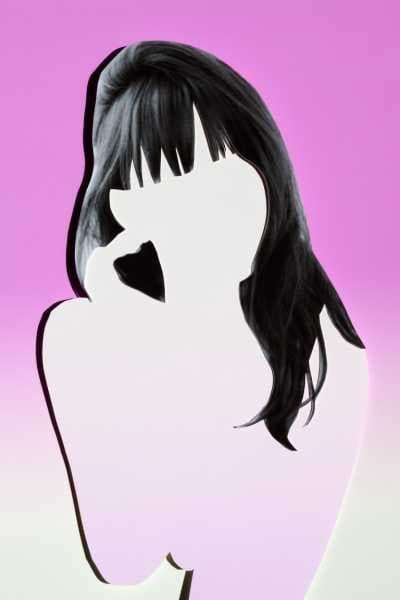
“Bonbon,” 2017.
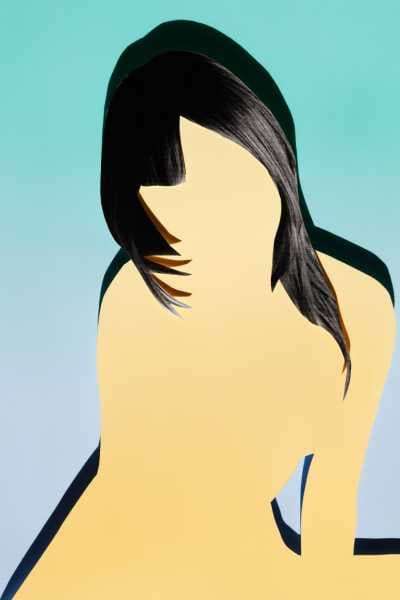
“Peach,” 2016.
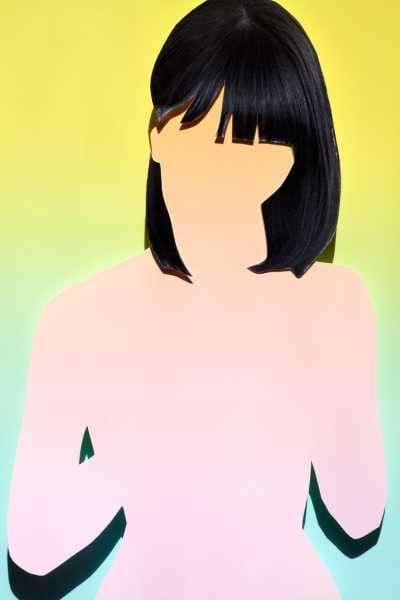
“Misty,” 2016.
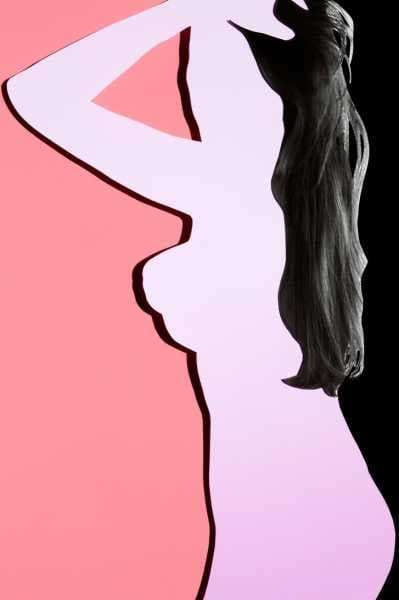
“Strawberry,” 2017.
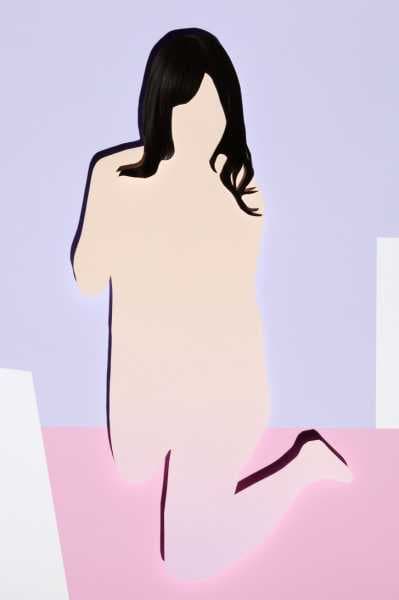
“Lace,” 2017.
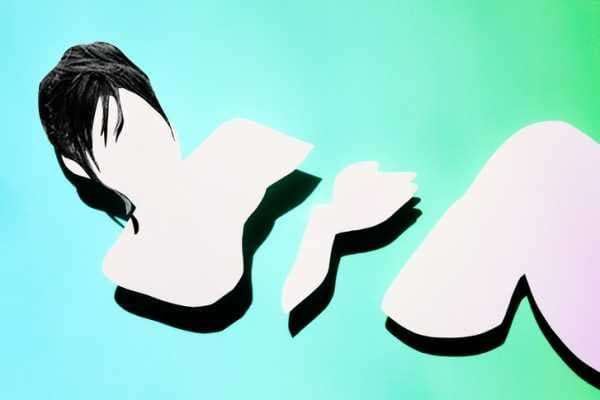
“Watermelon,” 2016.
Sourse: newyorker.com
